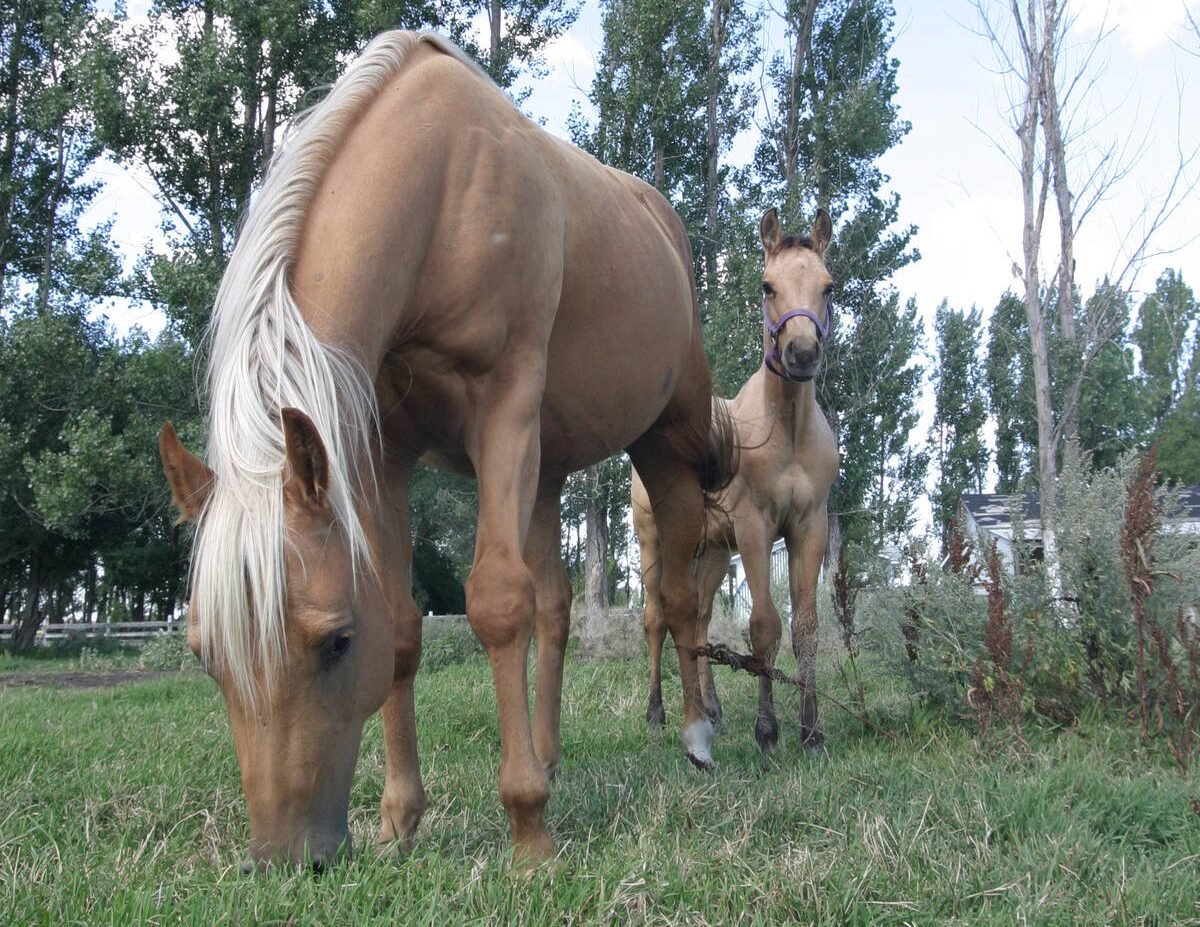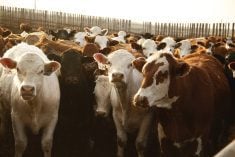RED DEER – Modern dairy cows are raised for high milk production, but the trade off appears to be foot problems.
Twenty percent of the world’s dairy herds report problems with sore feet and lameness, says researcher Christer Bergsten of the Swedish Dairy Association.
“Foot problems are the main background to lameness,” Bergsten told the recent Western Dairy Seminar in Red Deer. His research found that injuries happen when cows stand on hard, dirty or slippery floors.
The move toward robotic milking systems means cows need to be able to walk well enough to get to the parlour, he added.
Read Also

Growth plates are instrumental in shaping a horse’s life
Young horse training plans and workloads must match their skeletal development. Failing to plan around growth plates can create lifelong physical problems.
Concrete appears to be the worst flooring.
For the last 10 years, he and his research team have experimented with various rubber mats to reduce lesions. They also watched how cows walk in the pasture and in the barn. In Sweden, cows must be turned out onto pasture during the warm months.
“It is hard to bring the grass into the stall,” he said.
In a three-year study, the researchers observed foot placement on concrete slats, solid concrete, rubber slatted and solid rubber mats. They tested floors with diamond and hexagon grooves and tried spreading sand on the floors.
They found that cows’ feet do better on softer floors rather than concrete, which becomes slippery over time because of manure deposits and wear. However, rubber mats do not wear down the claws, so many cows had problems with overgrown hoofs.
The weight distribution on the wall of the hoof is comparable to a horse shoe. If the foot is not wearing down properly, the cow places more weight on the sole of the foot, which could lead to sole ulcers.
“The more rubber you have, the more weight you have on the wall,” he said.
The Swedish studies have shown that most cows prefer to walk on a rubber rather than a concrete floor.
“The cows could feel this difference even if they couldn’t see a difference.”
Those who were on the concrete were often already lame or had lower social status and were pushed aside by others. Rubber mats have to be included in at least some parts of modern Swedish barns such as alleys and milking areas.
“Every new barn in Sweden would at least have rubber somewhere,” Bergsten said. “I would recommend to have rubber in front of the manger and in a few years add it to the alleys.”
Older barns have slatted concrete floors, which could be replaced with slatted rubber. Experiments are underway to find rubber with harder surfaces to help wear down hoofs.















